Meet the ploughshare, the world’s most threatened tortoise
They are only found in a tiny area of Madagascar in the dry forests of Baly Bay National Park and get the name ‘ploughshare’ because of the plough shaped extension on the front of their shell.
It is their unique shell that makes them highly desirable to wildlife traffickers, who smuggle the tortoises out of Madagascar for the illegal pet trade.
At Jersey Zoo, you'll find our ploughshare tortoises in the Reptile and Amphibian House, where you can get a closer look at their golden-domed shells that make them so iconic.

1984
Ploughshare conservation begins
105
Released into the wild
800
Captive-bred tortoises
Durrell was the first organisation to successfully breed ploughshare tortoises in captivity
Our conservation work
What we're doing to help save the ploughshare tortoise
Meet Project Manager Henri Rakotosalama and learn about the plight of the ploughshare and the work we're doing to protect this tortoise and its habitat.
Support our work

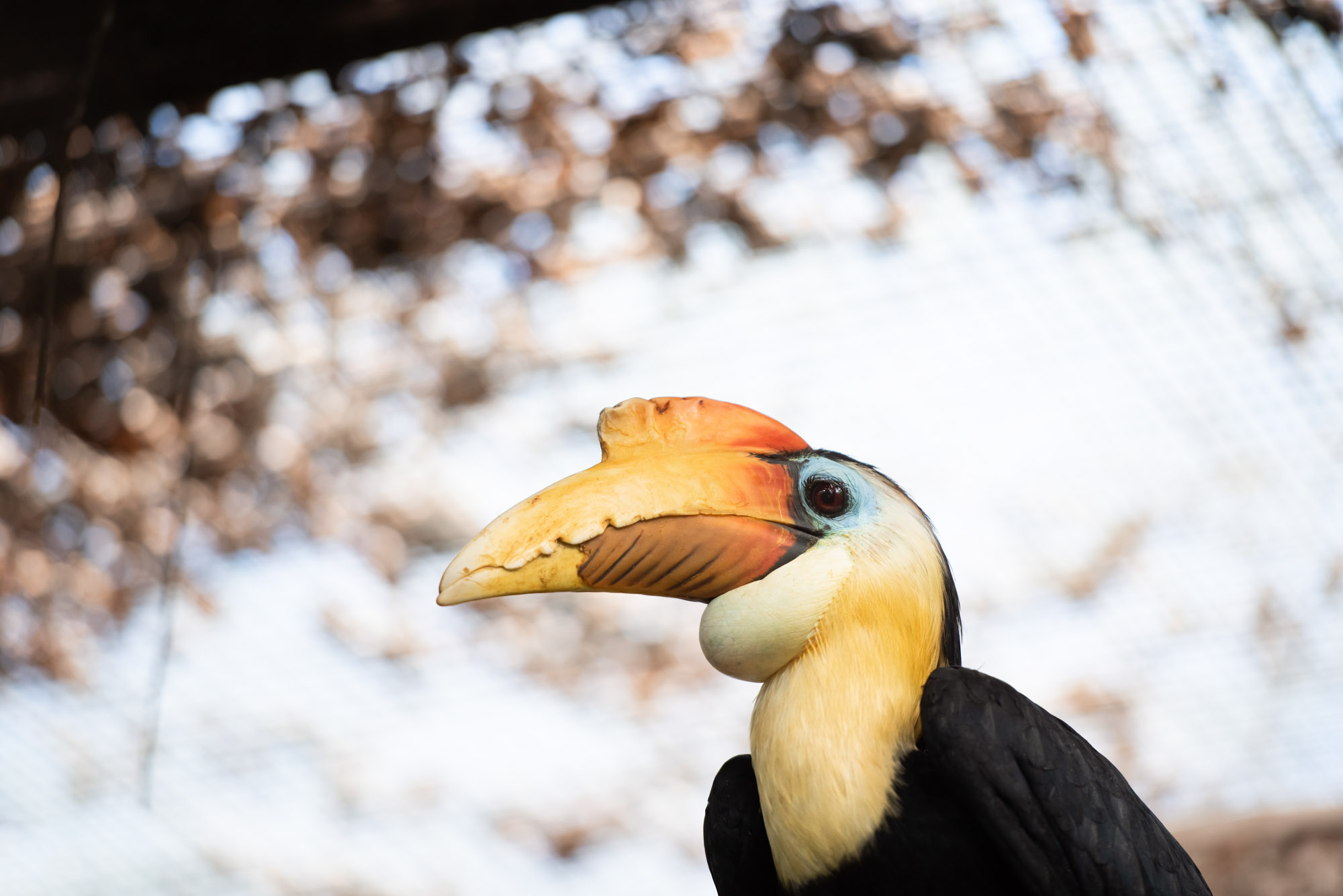
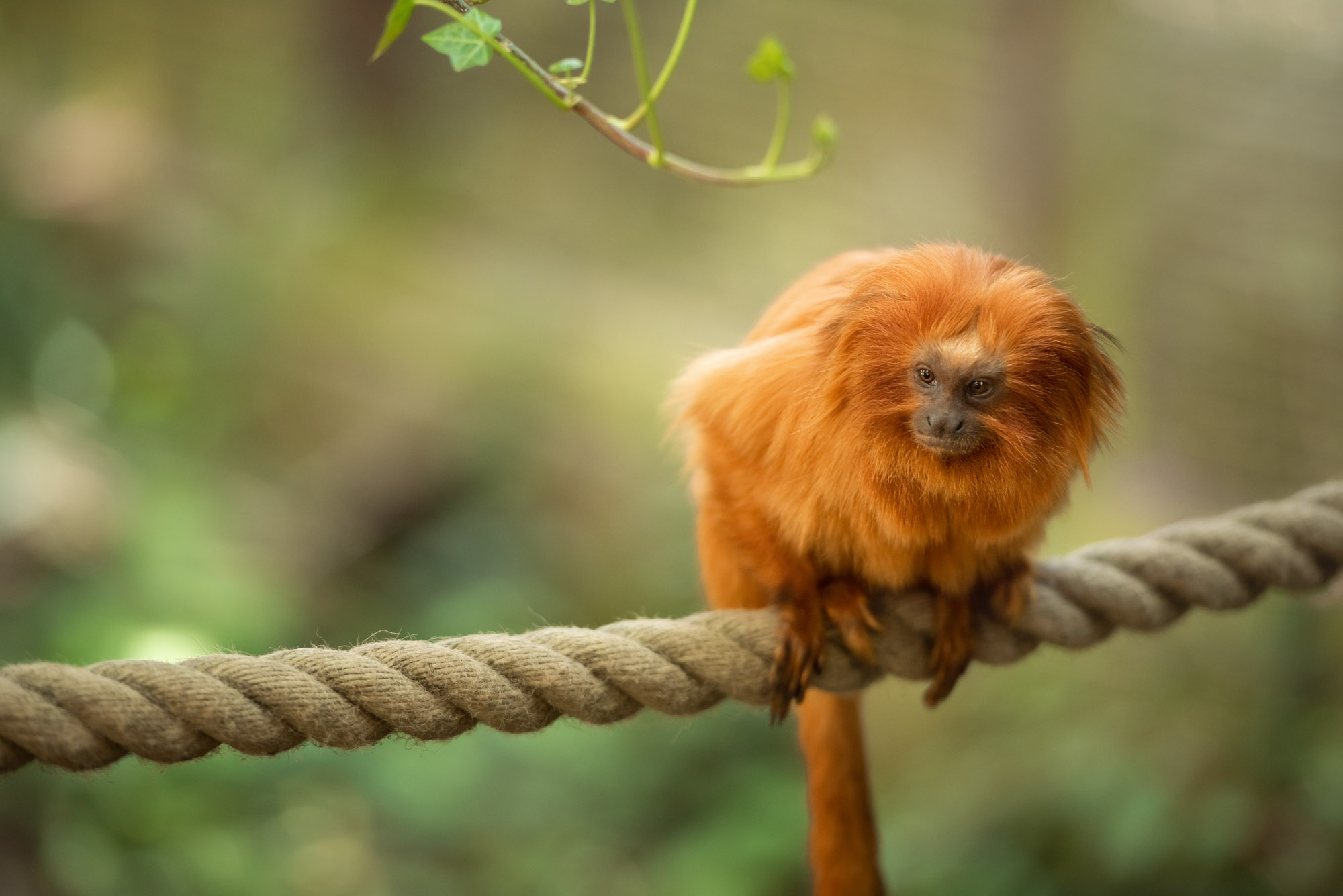
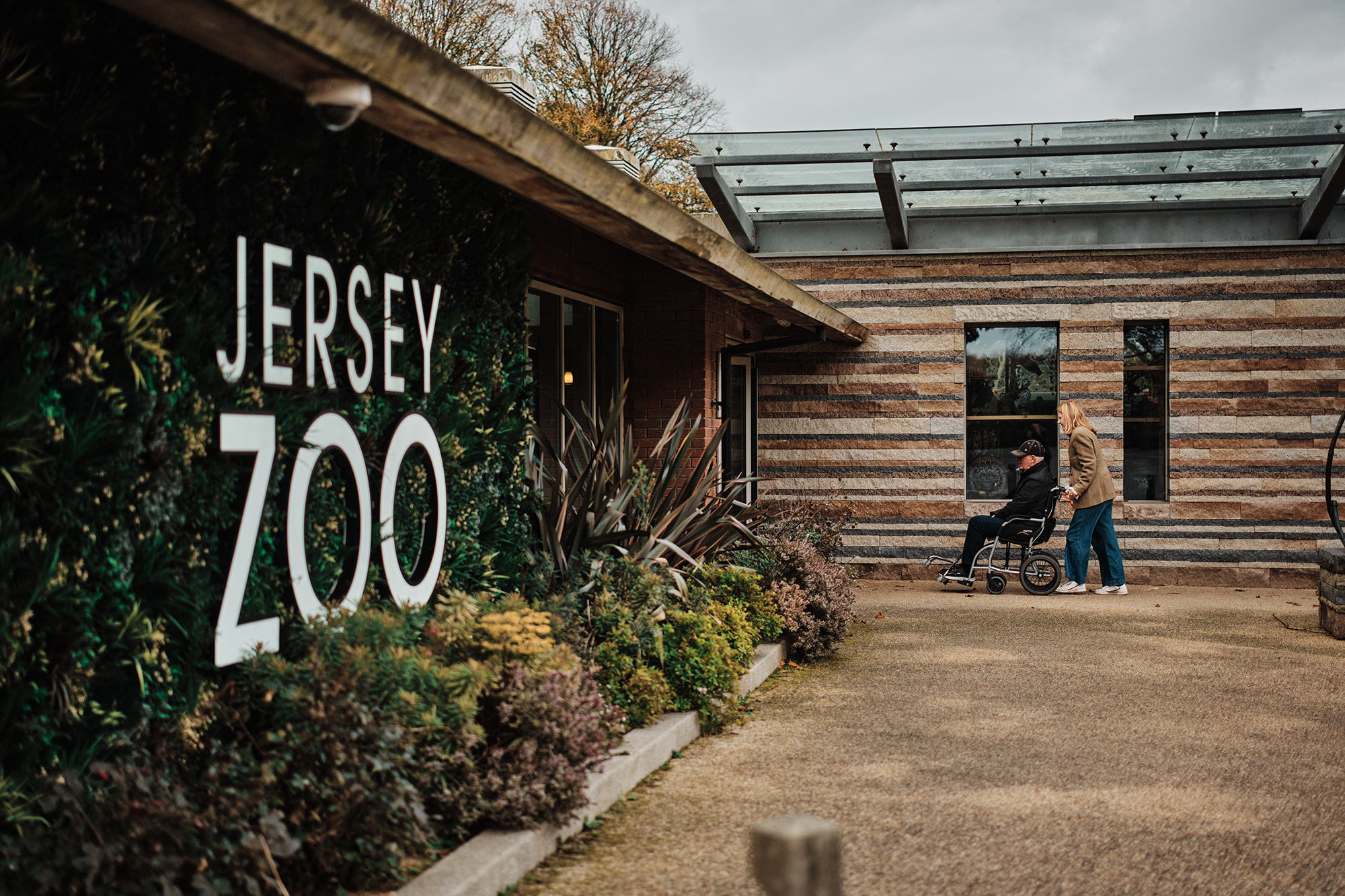
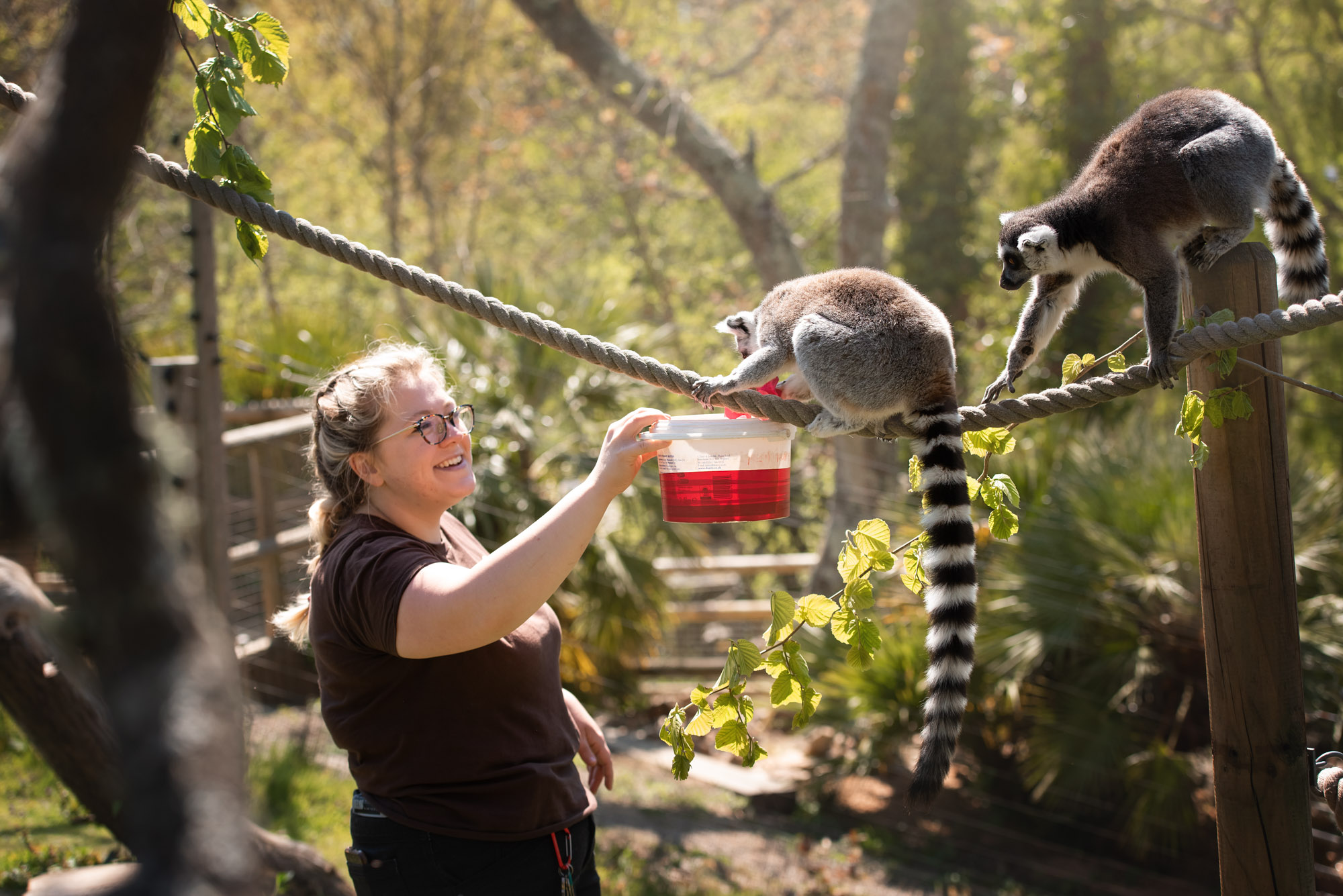
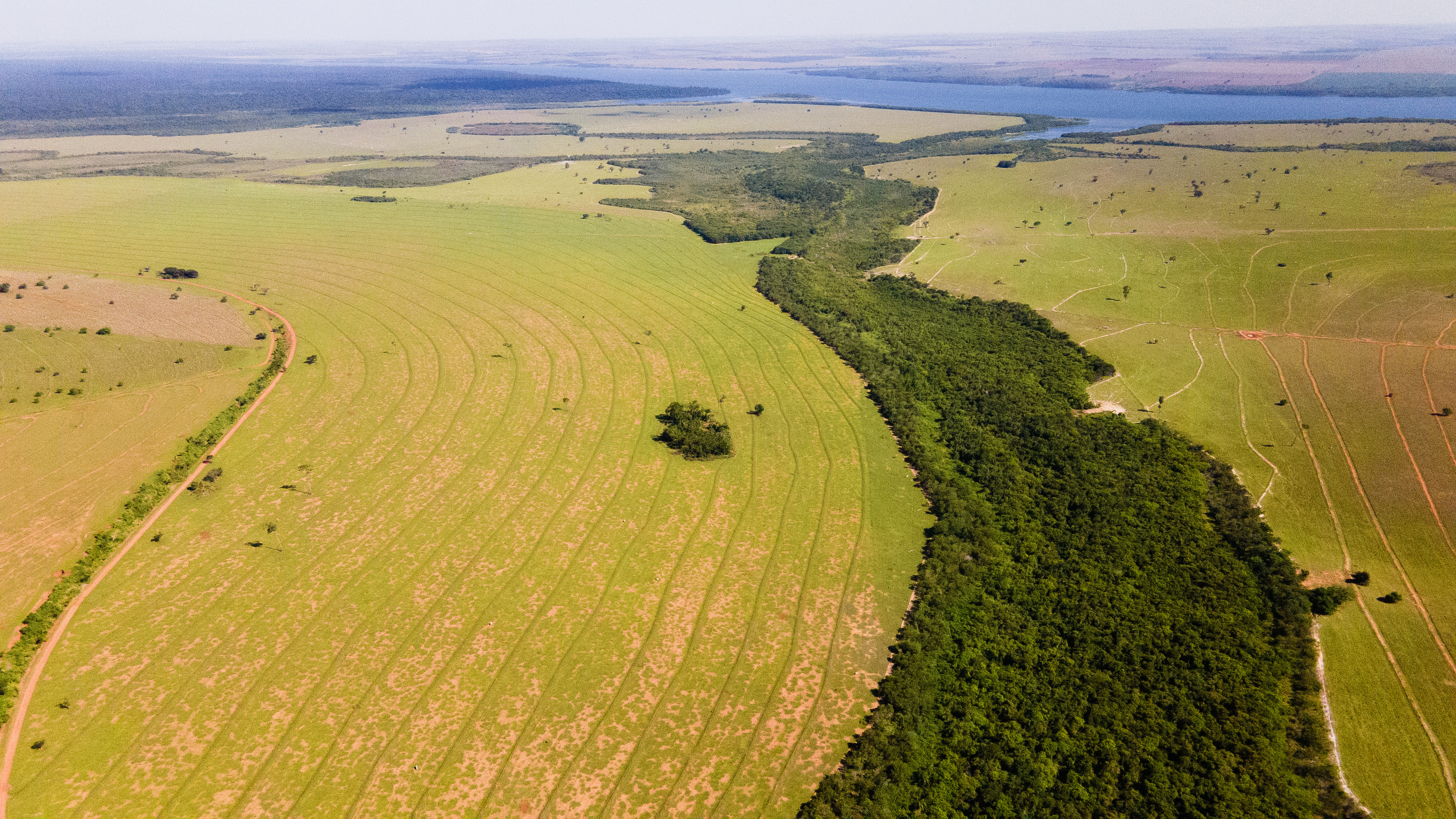
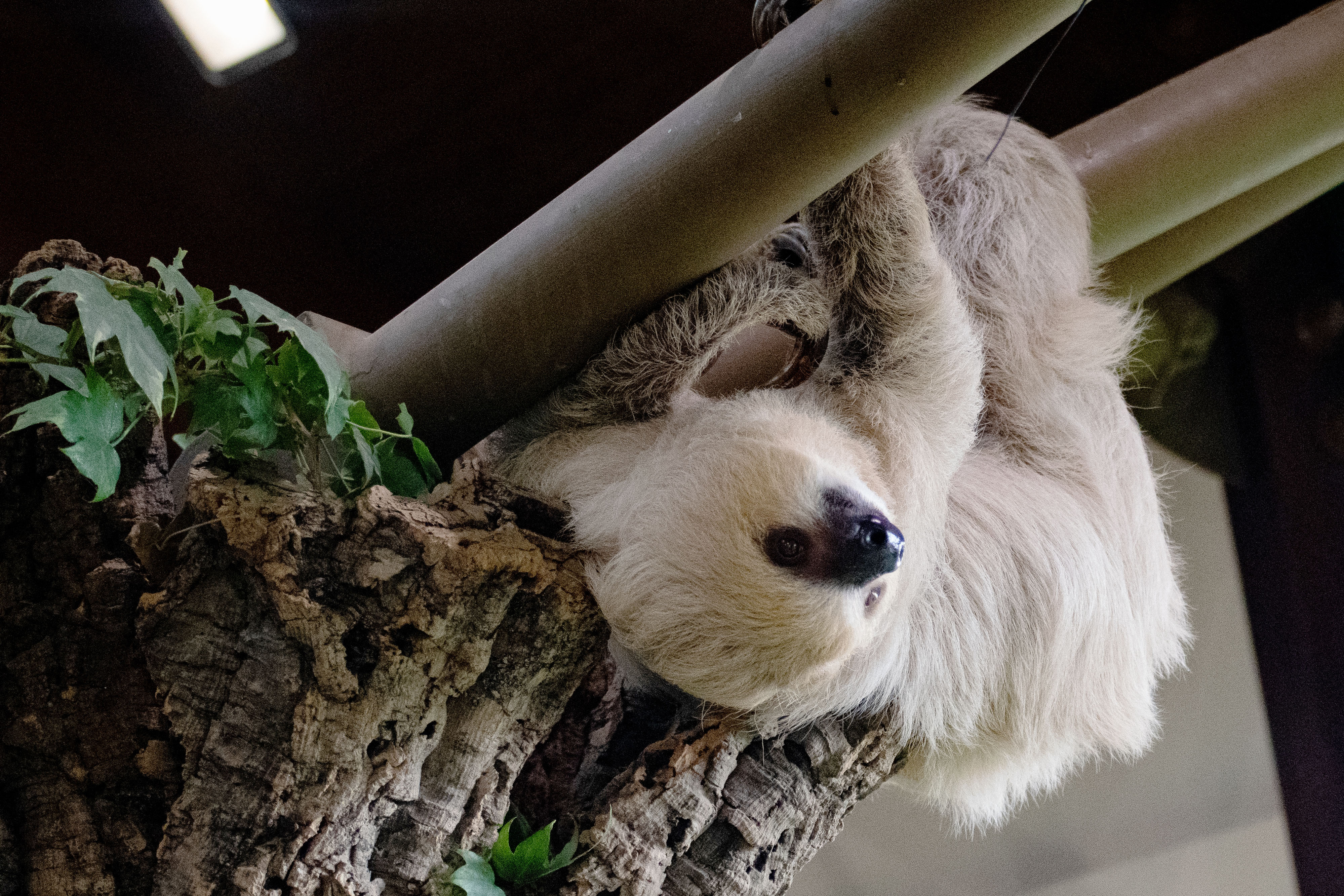



![Umbraco.Cms.Core.Models.MediaWithCrops`1[Website.Models.Image]](/media/blulk01s/du-5569.jpeg?width=1680&height=1120&quality=90&v=1d811dfe0d08210)
![Umbraco.Cms.Core.Models.MediaWithCrops`1[Website.Models.Image]](/media/wqignmby/ploughshare-tortoise-2021-05.jpeg?rxy=0.47940766519589123,0.606495890192323&width=1680&height=1120&quality=90&v=1d83e05670159d0)
![Umbraco.Cms.Core.Models.MediaWithCrops`1[Website.Models.Image]](/media/12eleduc/ploughshare-tortoise-2021-06.jpeg?width=1680&height=1120&quality=90&v=1d80c597f0de7b0)